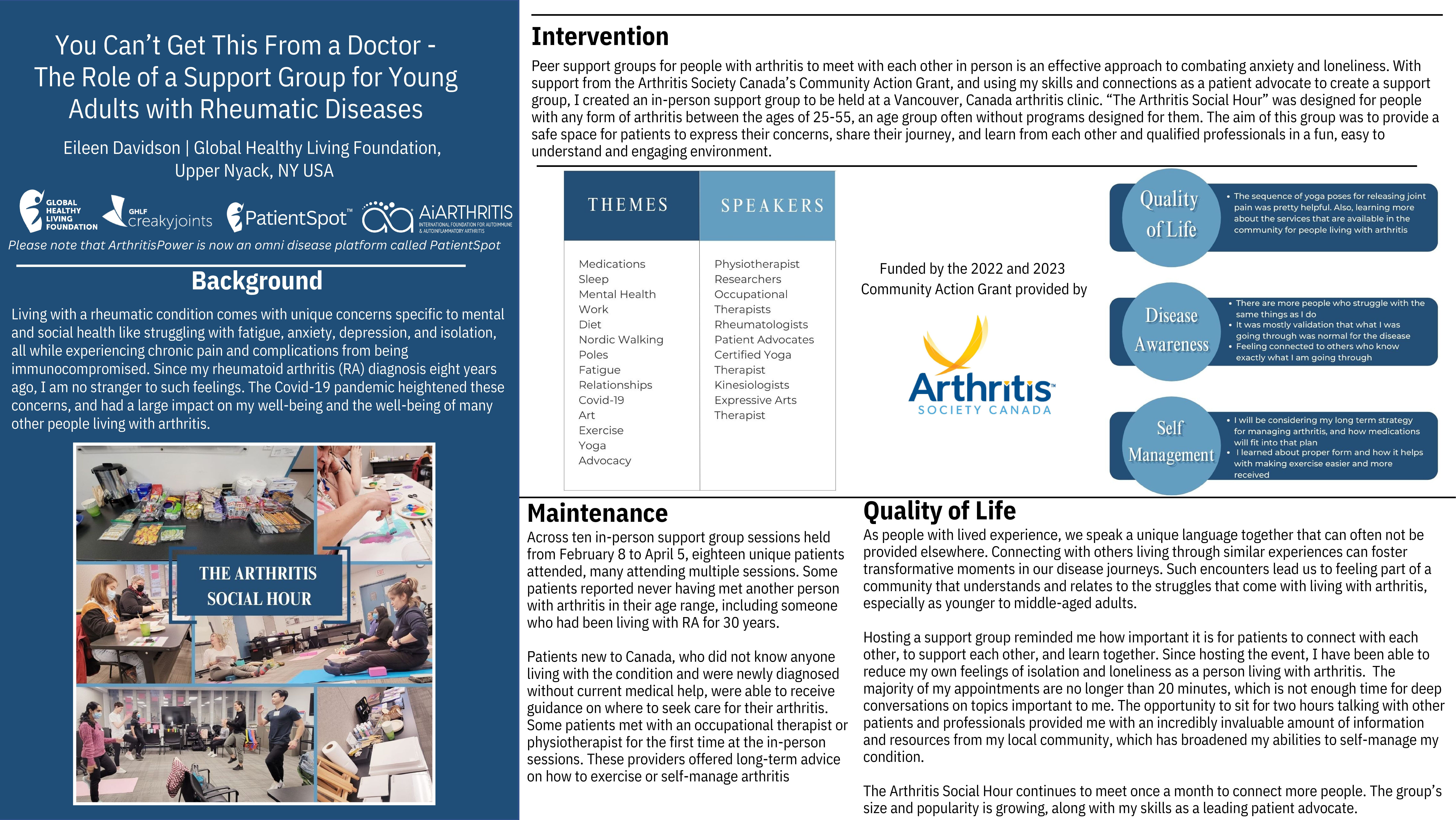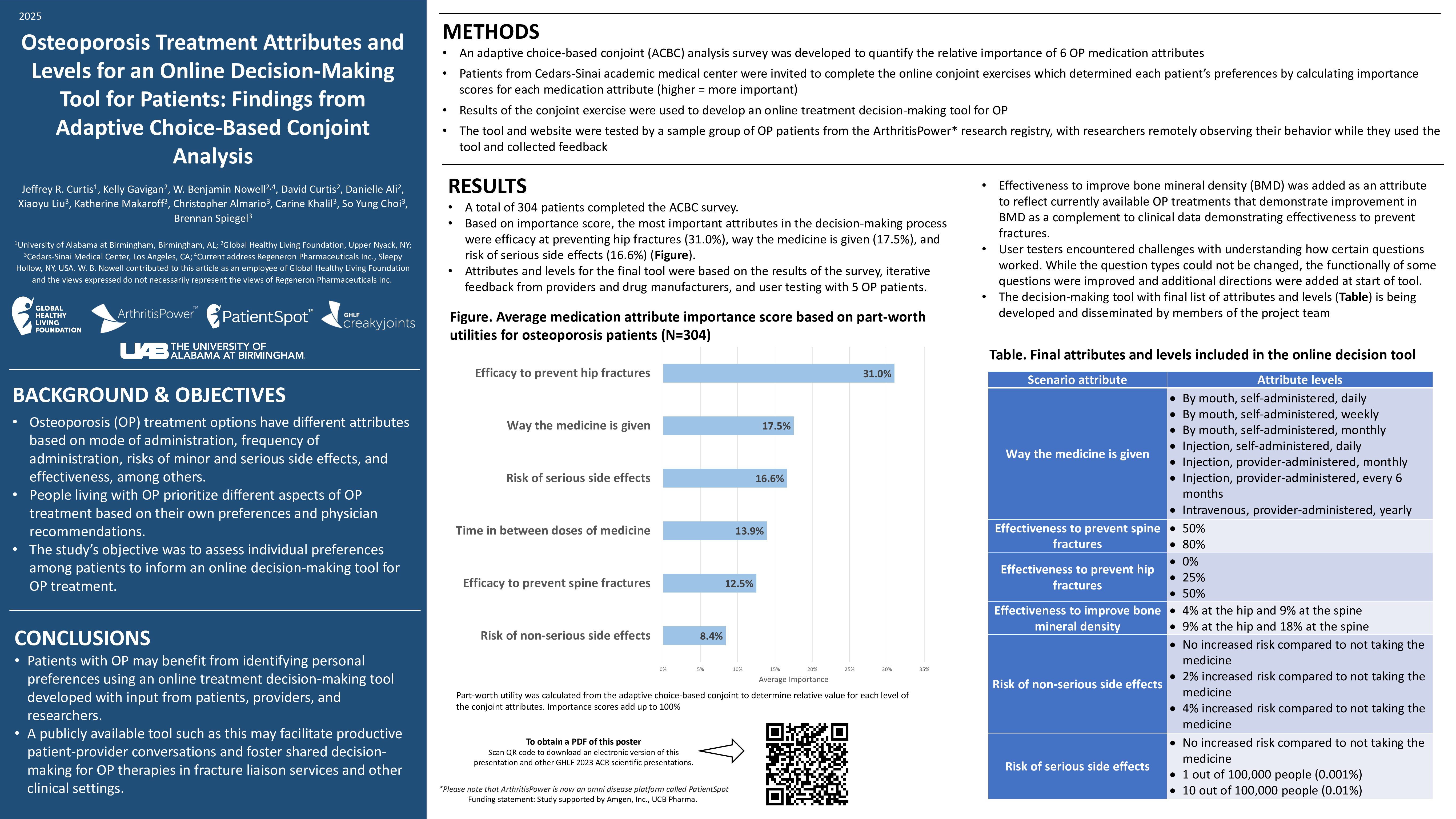Diagnosing a chronic inflammatory condition as early as possible is one of the best ways to stop or slow its progression. Yet it often takes people many years to get the right diagnosis, despite having red-flag symptoms.
In a recent study presented at ACR Convergence 2020, the American College of Rheumatology’s annual meeting, researchers found that it took more than two years from the time joint pain symptoms started for people with psoriatic arthritis (PsA) to be diagnosed with this condition.
The researchers, led by Paras Karmacharya, MD, a rheumatologist at the Mayo Clinic College of Medicine in Rochester, Minnesota, analyzed data on 162 people who were diagnosed with psoriatic arthritis between 2000 and 2017.
According to their findings, it took more than half of PsA patients at least two years between “disease onset” — defined as when they first reported joint symptoms to their doctor — and getting an official diagnosis of PsA.
The researchers found that people who were under age 40 when symptoms began, those with a higher body mass index (BMI), and those with enthesitis (inflammation in the spot where ligaments attach to bones) were more likely to experience a delay in diagnosis.
“Younger patients are more likely to dismiss their symptoms, not report joint symptoms, or not be aware of joint inflammation,” Dr. Karmacharya explains. Meanwhile, “obese patients often have other joint conditions that could potentially explain their joint symptoms, such as osteoarthritis or gout.” This could also lead to a delay in diagnosis.
While having enthesitis — such as inflammation in the Achilles tendon near the heel — might seem like it should speed up a psoriatic arthritis diagnosis, it’s actually not a very common symptom of inflammatory arthritis (aside from spondyloarthritis), says Dr. Karmacharya. Additionally, patients and doctors tend to assume that pain and stiffness in the heel, knee, hip, elbow is caused by overusing those joints (such as a workout injury).
Dr. Karmacharya adds that having to wait a long time to see a specialist might be another important factor in diagnosis delays. People who are unsure if they could have psoriasis, including those with a scalp condition known as sebopsoriasis, should consult a dermatologist, whereas those with joint symptoms should see a rheumatologist to sort out whether they have PsA or another rheumatic or musculoskeletal disease.
Interestingly, people who had psoriasis before their joint symptoms began were only slightly more likely than others to get their PsA diagnosis in less than two years. The vast majority of people with PsA develop psoriasis, characterized by scaly skin plaques, years prior to developing arthritis.
Be Part of Psoriatic Arthritis Research with ArthritisPower
Join CreakyJoints’ patient-centered research registry and participate in voluntary studies about managing arthritis. Learn more and sign up here.
Interview with Paras Karmacharya, MD, rheumatologist at the Mayo Clinic College Of Medicine in Rochester, Minnesota
Karmacharya P, et al. Diagnostic Delay in Psoriatic Arthritis: A Population Based Study [abstract]. Arthritis & Rheumatology. November 2020. https://acrabstracts.org/abstract/diagnostic-delay-in-psoriatic-arthritis-a-population-based-study.












